With the rapid development of the global medical industry, the medical injection molding industry, as a key component in the manufacturing of medical devices, is ushering in unprecedented development opportunities. In 2025, this industry is anticipated to continue its robust growth trajectory, exhibiting new characteristics and development trends in technological innovation, market demand, policy environment, and other aspects.
I. Current Industry Status and Development Background
The medical injection molding industry refers to the utilization of plastic injection molding technology to produce medical devices and related accessories. This technology is widely applied in the production of various disposable or reusable medical device components, such as syringes, infusion sets, catheters, surgical instrument handles, and medical packaging containers. These products are characterized by low cost, high production efficiency, the ability to easily form complex structures, and excellent biocompatibility and chemical stability, making them indispensable in medical device manufacturing.
In recent years, the continuous advancement of medical technology and the aging population trend have driven a sustained increase in demand for high-quality medical devices, directly propelling the development of the medical injection molding industry. According to market research reports, the market size of medical plastic injection molding equipment in China reached a certain scale in 2024 and is projected to continue growing at a stable compound annual growth rate in the coming years.
II. Technological Innovation and Trends
Technological innovation is the core driving force behind the development of the medical injection molding industry. In 2025, the industry will place greater emphasis on technological innovations that enhance precision, efficiency, and environmental sustainability. On the one hand, advanced mold design and manufacturing technologies will be adopted to improve product precision and surface quality; on the other hand, production processes will be optimized, and biodegradable materials will be utilized to reduce energy consumption and waste emissions during production, achieving green manufacturing.
Furthermore, with the introduction of emerging technologies such as 3D printing and nanotechnology, the medical injection molding industry will embrace more innovation opportunities and development space. For instance, intelligent injection molding equipment will become widespread, with injection molding machines equipped with AI algorithms and the Internet of Things (IoT) enabling real-time data monitoring, fault prediction, and process optimization, thereby enhancing yield rates and reducing downtime.
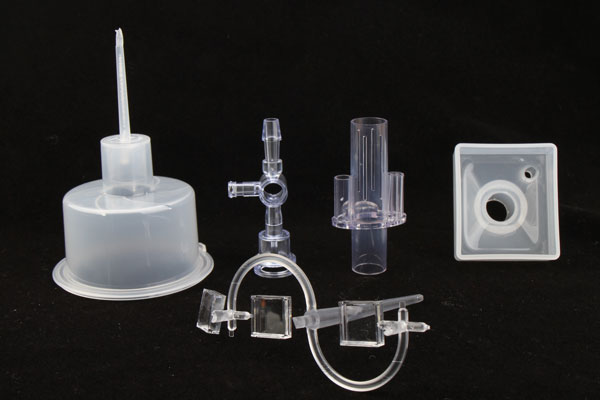
III. Market Demand and Segmentation
In terms of product types, segments such as diagnostic drug testing kits, surgical consumables, packaging and containers, and drug delivery products are experiencing robust demand, which will serve as the primary drivers of industry growth. With the global aging population and the rising incidence of chronic diseases, the market for drug delivery devices will continue to expand. Meanwhile, the demand for surgical consumables will further increase with the development of minimally invasive surgical techniques.
Regarding application areas, the continuous demand for high-quality medical devices from hospitals, clinics, and other medical institutions will provide a stable market foundation for the industry. Additionally, with the increasing awareness of health and the decentralization of medical resources, the clinic and home care markets will also become important application areas for medical injection molding products.
IV. Policy Environment and Risk Challenges
The policy environment exerts a significant influence on the development of the medical injection molding industry. In recent years, the Chinese government has issued a series of policies and regulations aimed at regulating industry order, ensuring product quality, and promoting technological innovation. These policies have provided strong support for the medical injection molding industry and facilitated its healthy development.
However, the industry also faces certain risks and challenges. For example, high raw material costs, stringent environmental regulations, and extremely high product quality standards and safety requirements have imposed significant pressures on manufacturers. Therefore, companies need to strengthen technological innovation and cost control, improve product quality and efficiency, to cope with market changes and challenges.
V. Future Prospects
Looking ahead, the medical injection molding industry is expected to continue its robust growth trajectory. With the continuous advancement of medical technology and the diversification of market demands, the industry will place greater emphasis on technological innovation and industrial upgrading. Meanwhile, as global attention to sustainable development deepens, the medical injection molding industry will also evolve towards greater environmental sustainability.
For companies, to stand out in the fiercely competitive market, they need to closely follow market trends, intensify technological innovation and product research and development efforts, to meet the ever-changing market demands. At the same time, they must also strengthen quality management and brand building, enhancing product competitiveness and market share.
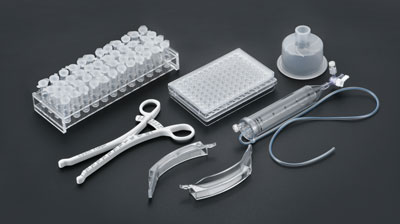
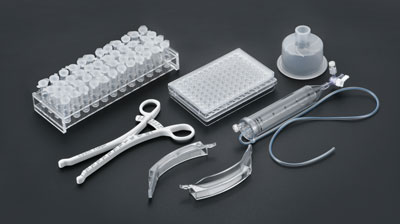
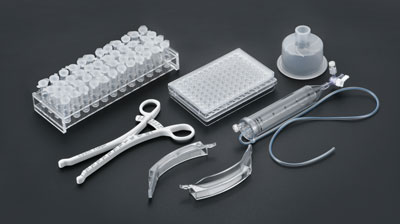

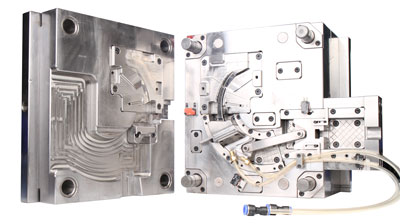
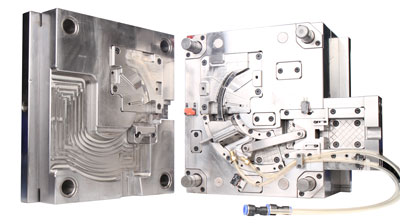
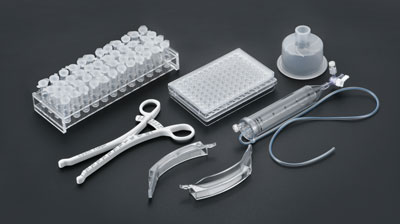
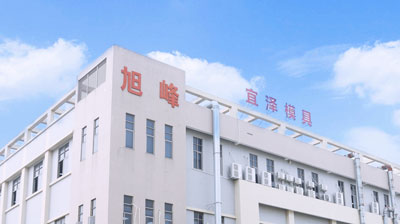







 Home
Home